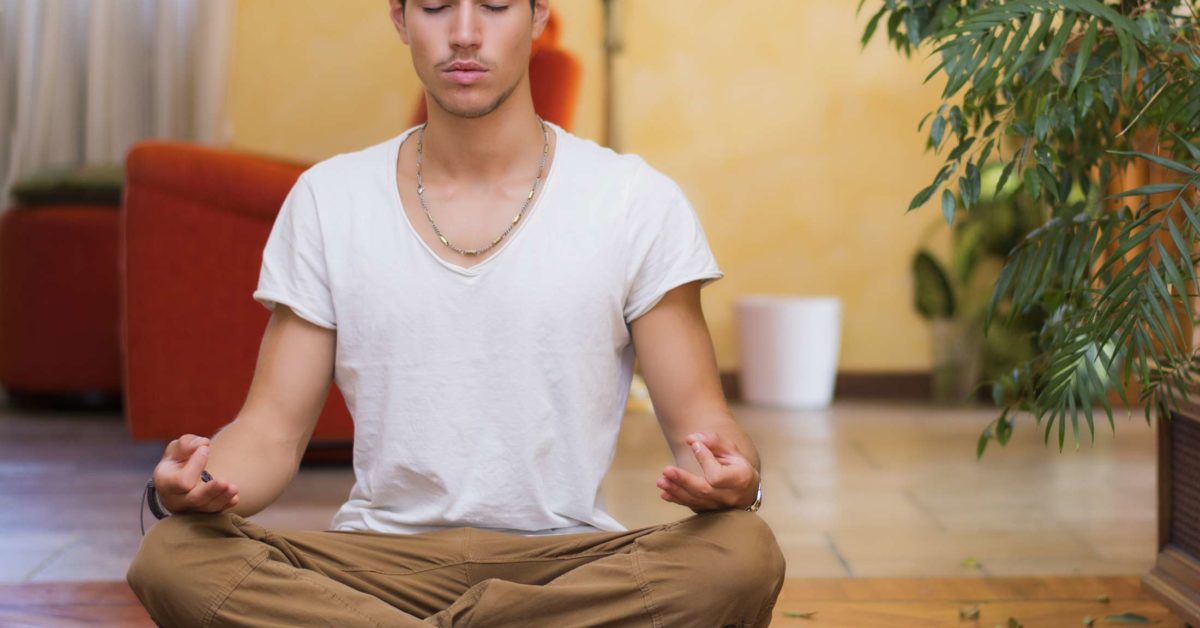What is the best type of meditation?
Meditation offers time for relaxation and heightened awareness in a stressful world where our senses are often dulled. Research suggests that meditation has the potential for more than just temporary stress relief.
Fast facts on types of meditation:
- Within each type of meditation, there are several subtypes to discover and practice.
- teachers have different ideas about how frequently a person should meditate.
- It is fine to blend types or to test different approaches until the right one is found.
Types of meditation
1. Loving-kindness meditation

Loving-kindness is also known as Metta meditation. Its goal is to cultivate an attitude of love and kindness toward everything, even a person’s enemies and sources of stress. While breathing deeply, practitioners open their minds to receiving loving kindness. They then send messages of loving kindness to the world, to specific people, or to their loved ones.
In most forms of this way, the key is to repeat the message many times, until the practitioner feels an attitude of loving kindness.
2. Body scan or progressive relaxation
Progressive relaxation, sometimes called body scan, is an act that encourages people to scan their bodies for areas of tension. The goal is to notice tension and to allow it to release. During a progressive relaxation session, practitioners start at one end of their body, usually their feet, and work through the whole.
Some forms of progressive relaxation require people to tense and then relax muscles. Others encourage a person to visualize a wave, drifting over their body to release tension.
3. Mindfulness meditations

Mindfulness is a form of meditation that urges practitioners to remain aware and present in the moment.
Rather than dwelling on the past or dreading the future, mindfulness encourages awareness of a person’s existing surroundings. Crucial to this is a lack of judgment. So, rather than reflecting on the annoyance of a long wait, a practitioner will simply note the wait without judgment.
Mindfulness is something people can do almost anywhere. While waiting in line at the grocery store, for example, a person might calmly notice their surroundings, including the sights, sounds, and smells they experience.











